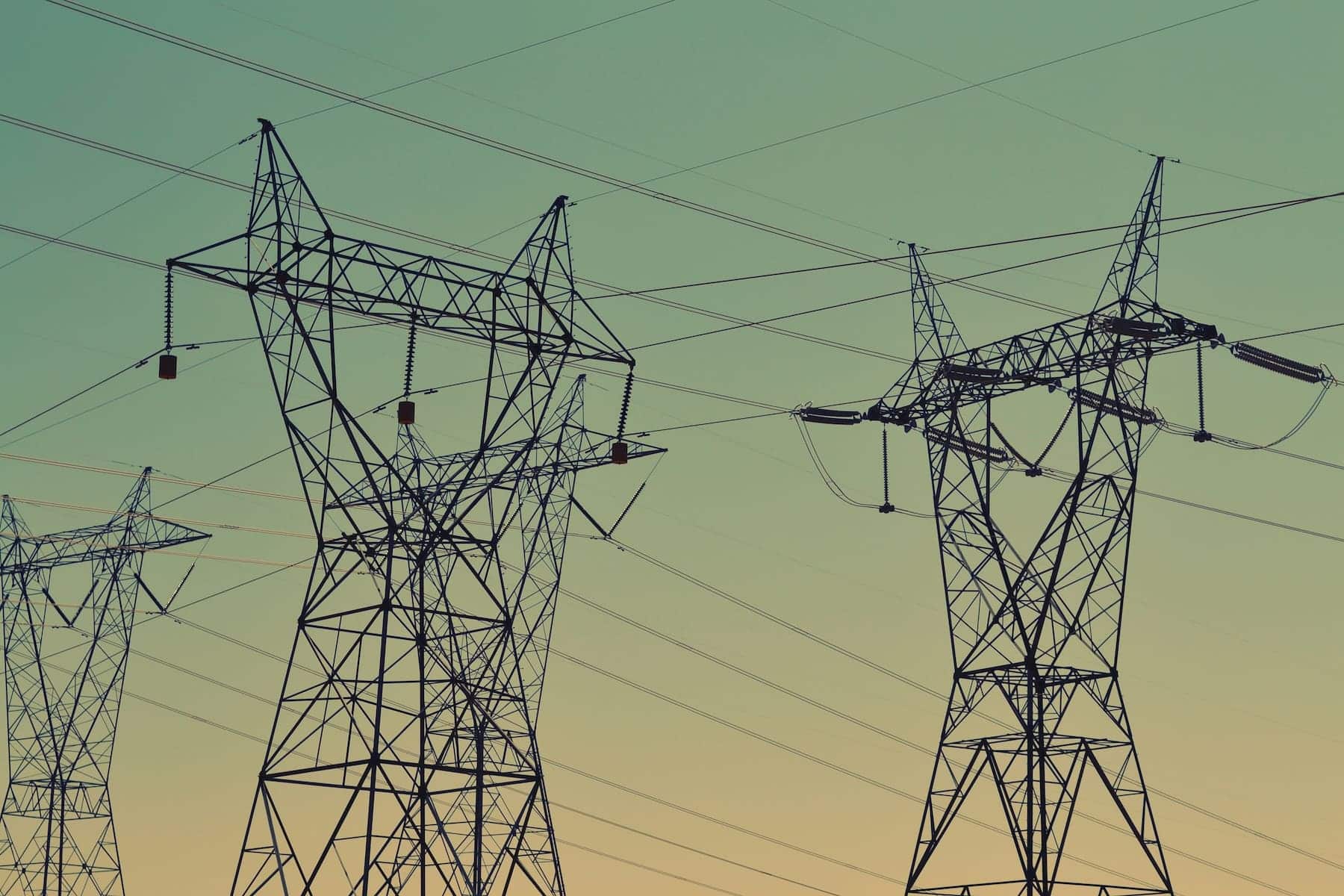Sure! Here’s the translation:
—
Digitalization and the energy transition demand closer collaboration in cybersecurity to protect critical infrastructures from increasingly sophisticated cyberattacks.
The transformation of the energy sector is advancing rapidly, driven by the adoption of renewable energy, the growth of global demand, and automation. However, this progress also brings increasing risks: cyberattacks against energy infrastructures are on the rise, making cyber resilience a strategic necessity.
According to the Global Energy Review from the International Energy Agency (IEA), global energy demand grew by 2.2% in the last year, largely driven by electrification, AI, and the rise of electric vehicles. Digital technologies enable optimization of energy production and distribution but also expose operational technology (OT) to cyber threats.
Energy and Innovation Under Siege
The attack on Colonial Pipeline in 2021 was a wake-up call: a cyber breach forced the shutdown of a key pipeline in the U.S. for a week. More recently, in April 2025, a massive power outage in Portugal and Spain again highlighted the fragility of interconnected systems. Although the cause was not confirmed, the incident demonstrated how a failure can escalate and impact millions of people.
The increasing sophistication of attacks—many motivated by geopolitical factors—and the interdependence among power grids, suppliers, and digital systems turn the energy sector into a primary target for cybercriminals. Moreover, the malicious use of generative AI, such as deepfake videos or tailored phishing attacks, further heightens the threat.
Complex Technical Security and Vulnerable Ecosystems
One of the major challenges is that many energy infrastructures are managed by legacy systems that are incompatible with one another, involving multiple vendors and access points. This complicates data protection, real-time monitoring, and intrusion detection.
Artificial intelligence also plays a dual role: while it enhances defense capabilities through prediction and automation, it can also be used by attackers to generate new threats.
In this landscape, network visibility and quick response capability are essential. Regulators are promoting stricter standards and advanced monitoring systems, but collaboration among stakeholders in the energy sector is becoming crucial.
Collaboration and Shared Resilience
The World Economic Forum promotes initiatives like Systems of Cyber Resilience: Electricity Initiative, which brings together industry leaders to share best practices in governance, innovation, supply chain security, and risk assessment.
This type of cooperation allows for:
- Detecting and sharing information about new threats before they spread.
- Conducting joint exercises that prepare teams for real crisis situations.
- Identifying shared vulnerabilities and strengthening recovery protocols.
By reducing the value of exploits for attackers, these actions decrease the effectiveness of repetitive attacks. Additionally, they strengthen ties among operators, manufacturers, governments, and tech companies, forming a more robust ecosystem.
A Secure and Digital Energy Future
The digitalization of the energy sector is irreversible. From modular reactors, hydrogen batteries, predictive artificial intelligence, and distributed energy management, the future will involve an increasingly deep integration of the physical and digital realms.
However, the smarter the system, the greater its vulnerability if not adequately protected. Companies in the sector must not only invest in energy innovation but also in cybersecurity innovation.
Resilience is not a product, but an ongoing strategy. To ensure stable and secure energy supply in the digital age, it will be essential to build strong alliances, share knowledge, and collectively anticipate risks.
References: World Economic Forum and Global Energy Review
—
If you need any further assistance, feel free to ask!

